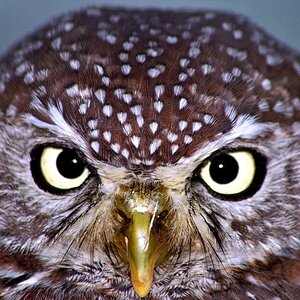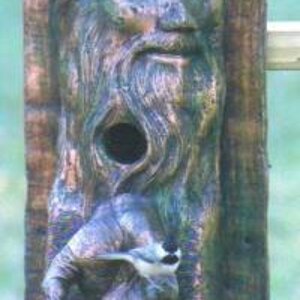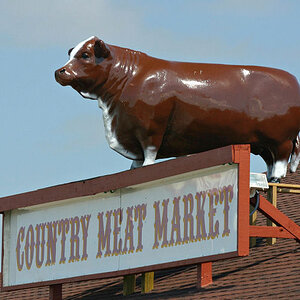lapsruckus
TPF Noob!
- Joined
- May 12, 2010
- Messages
- 1
- Reaction score
- 0
- Location
- Dunedin, NZ
- Can others edit my Photos
- Photos OK to edit
I have just set up my first darkroom and made my first prints, however I am getting a strong dropoff in light from the center of my photos outwards, no matter what height or aperture I use. I have to check but I believe the bulb is 75w. The enlarger is like this:
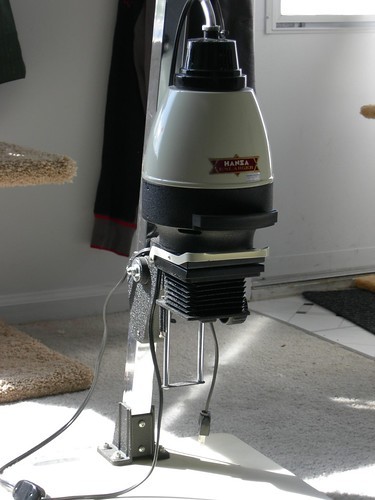
The enlarger came with a piece of light blue glass I have put in the filter tray, and I have not yet acquired multigrade filters. Any suggestions would be much appreciated.

The enlarger came with a piece of light blue glass I have put in the filter tray, and I have not yet acquired multigrade filters. Any suggestions would be much appreciated.



![[No title]](/data/xfmg/thumbnail/37/37632-06d8ff7f84d84f6ac01249ce8885d896.jpg?1619738156)
![[No title]](/data/xfmg/thumbnail/37/37630-10bda987ab220dc60e7c1cb65502f83c.jpg?1619738155)
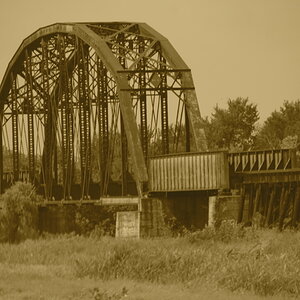
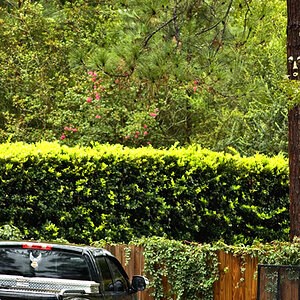
![[No title]](/data/xfmg/thumbnail/37/37610-09a3b763265223288ccc8f30a63a666b.jpg?1619738149)
